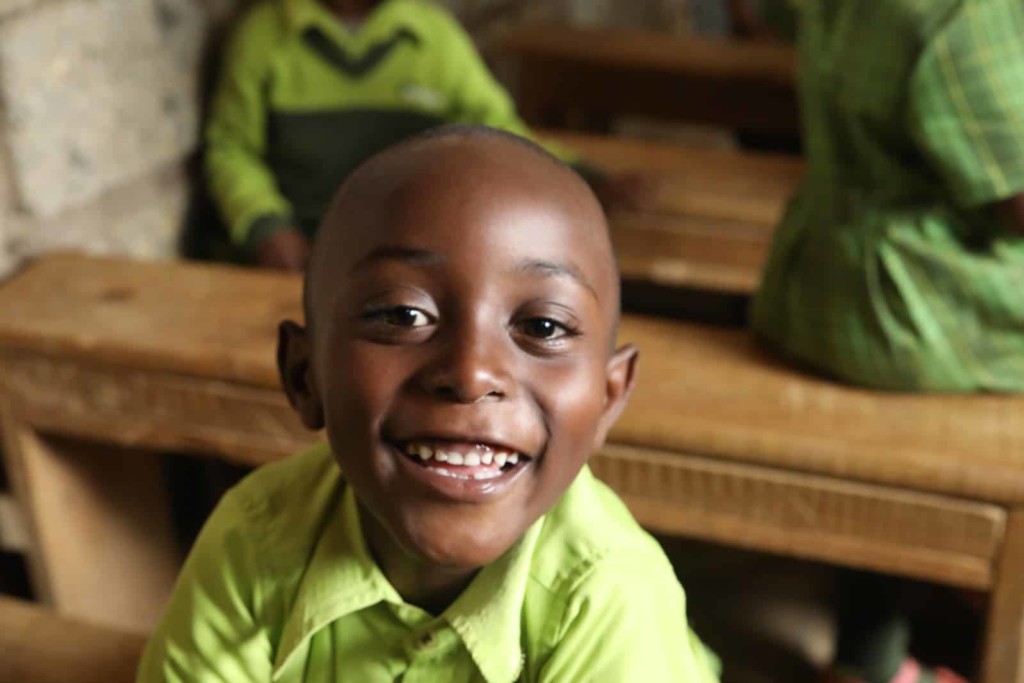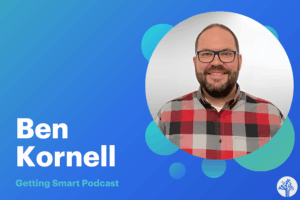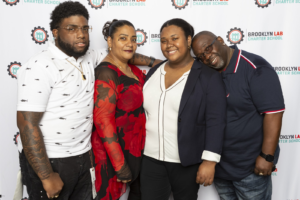Low-Cost Schools Are Transforming Africa

When visiting the massive slums surrounding Nairobi, Kenya, I was surprised to learn that most of the children attended private schools. As professor James Tooley shared in his book The Beautiful Tree, edupreneurs in the slums of Africa and Asia are addressing the problem of access to educational quality by developing low-cost private schools.
The most important group working in low-cost private schools is Bridge International Academies led by Jay Kimmelman. After selling an assessment system to a publisher 15 years ago he began investigating developing world education in communities where parents are earning less than $2 per day.
With a shared vision to create a high-quality, affordable education system, Kimmelman and co-founder Shannon May launched Bridge in 2007 and opened a school in Nairobi in 2009 and began to engineer out cost and design in quality.
A mobile payment system made the tuition of about $5 per month (now the global average is about $7 per month) easier to pay. By the end of 2010, they had 1,300 students and a well-developed school development system.
The model is based on well-supported teachers, lessons based on the curriculum of the countries served, and a technology platform enabling data-driven personalized instruction.
The typical Bridge school is a corrugated tin roof building in the middle of a busy slum with a dirt playfield. Bridge schools are built for less than $2,000 per classroom. The academy manager uses a smartphone to manage the school and benefits from strong back office services.
Teachers download lessons on a tablet up to seven days in advance of delivery and it remains live for two weeks after (a benefit where internet access is sparse).
In Kenya, Bridge schools significantly outperform the national average (including public and elite private schools). In Uganda, Bridge students achieved 100% pass rates. Over 93% passed in the top two division, versus 56% nationally.
Bridge operates more than 600 schools serving more than 120,000 students in five countries. Through a Nigerian public-private partnership they support hundreds of more schools.
A growing number of pupils, largely girls, have done so well in Bridge schools that they have won scholarships to prestigious US high schools. See the inspiring story of Natasha Wanjiru
Partnership Schools
In 2016, the government of Liberia created a partnership through which Bridge was allocated 25 schools to manage. In 2017, they were awarded another 43 schools. The Learning in Liberia report revealed impressive learning gains for Bridge pupils after just four months. An evaluation of the partnership schools after the first year showed learning gains of 100%.
Because the Bridge infrastructure is light and inexpensive, it can be used in temporary settings including refugee camps. A pilot in Lebanon with Syrian refugees showed promising results.
Bridge has a remarkable set of investment partners including Bill Gates, Mark Zuckerberg, Pierre Omidyar, Vinod Khosla, and the best impact investors in ed tech.
In addition to being a great place to go to school, Bridge was selected as one of the top 10 employers in Africa.
Our new book, Better Together, highlights Bridge as an example of a platform network–a group of schools that share a learning model, platform resources, and teacher learning opportunities. The ability to fund R&D and share best practices across an international network provides the opportunity for network effects–Bridge schools get better as the network gets bigger.
A New Phase for Low-Cost Schools
In the decade since professor Tooley introduced the concept of low-cost private schools to the west, progress made by Bridge International suggests a global shift towards leveraging the private sector as an important partner in the delivery of UN Sustainable Development Goals.
The development includes a shift to a focus on learning rather than access. Learning gains across Bridge managed and supported schools in multiple countries proves the model is working. At Bridge schools in Liberia, children learned twice as fast as their counterparts said, Joanna Hindley.
Another sign of progress is the shift from only running affordable school models in Kenya and Uganda to public-private partnerships in Liberia and Nigeria and, more an in infrastructure partnership in Andhra Pradesh, India.
Even through regime change in Liberia, the Ministry of Education announced that they are committed to the program with an update, “restructuring will ensure that the significant learning gains delivered under the program could be maintained.”
With a huge amount of fundraising for the Liberia program and new investment from organizations such as the Nigerian Sovereign Investment Authority, Bridge aspires to be serving 10 million children by 2025.
For more, see:
- Educating for Global Competence: 6 Reasons, 7 Competencies, 8 Strategies, 9 Innovations
- How School Networks Work and Why That’s Important
- Better Together: How to Leverage School Networks for Smarter Personalized and Project Based Learning
This post was originally published on Forbes.
Stay in-the-know with all things EdTech and innovations in learning by signing up to receive the weekly Smart Update. This post includes mentions of a Getting Smart partner. For a full list of partners, affiliate organizations and all other disclosures, please see our Partner page.







0 Comments
Leave a Comment
Your email address will not be published. All fields are required.